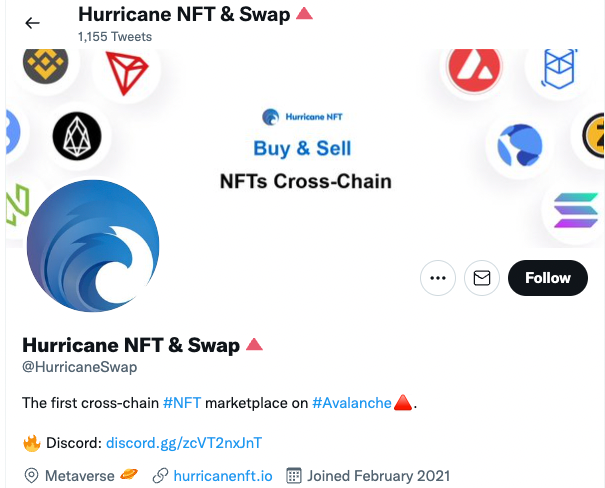
According to NY Times, about 100 cryptocurrencies are created per day. In a competitive crypto market, marketing is the most unique way to attract investors and builders to your ecosystem.
Of course, projects shouldn’t forget about utility, which is still the most important aspect of any coin’s market price. But utility alone won’t make your project successful. You still need to wrap it into a consumer-attractive package and explain the point of your project. That’s something called Positioning Strategy.
Read below to learn about different ways of positioning your project.
Analyze the competition:
Always analyze your competitors: other people will always try to win the potential ecosystem members. You should always know what tools they’re using, and how they’re attracting new followers. Learn, adapt, mimic.
Find a niche
Search for an empty/underdeveloped niche in the industry. The crypto market is relatively young, so there are still a lot of unfilled gaps in the services. For example, If your ecosystem doesn’t have a quality blockchain scanner, then build it!
Find the latest trends
You should also keep up with the latest trends in the industry. NFT boom? Launch a collection. High demand for Metaverse projects? Build your own, or collaborate with an already existing one.
This strategy doesn’t require a long and complicated research: just open Twitter, and look at the top projects in your niche. Repeat that periodically. Done, now you know your market.
And if you know what’s happening in the market, you’re able to use it to your advantage.
In simple terms, USP and UVP are the reasons why someone should buy your product. These terms aren’t crypto-exclusive, and are used widely in modern e-marketing.
Nobody likes to research. It’s hard, it’s boring, it’s tedious. So no user will really try to understand why he should join your project by himself: it’s your task as a builder. The company always tells its USP and UVP to the customer, not the other way around.
How to explain your USPs
Make sure that your USP/UVP are easy to understand. To effectively communicate with your customers, the value that you bring should be intuitive. “Cross chain NFT integration”, rather than “we invented a new technology that makes NFTs cross chain compatible. ”. Users always need to see the final benefit they’re getting:
• Feature – Cross chain NFTs
• Advantage – use NFTs to play different types of games on different chains
• Benefit – no more buying new NFTs for every single game -> save money
Include these points into your marketing campaigns.

USP/UVP are also great for finding your target audience. When you figure out what is the value that your project brings to the community, you only need to figure out who needs it.
You should always know what you are selling, and how it will make your customers’ lives easier. And once you know it, emphasize this value as much as you can.
Modern marketing is much more than just “my product is cool, buy it”. To be competitive in the crypto market, you should understand how storytelling works, and when you need it.
Everyone loves a good story, so give your customers one. In your marketing campaigns, you should describe to them their own life, and how it’ll change after buying your product.

What’s the story?
People don’t buy things because they need it, but because they were told that after buying something they will become a better person: richer, happier, more good-looking. So if you understand storytelling, you understand how to sell.
It might be problematic, since not everyone is a quality writer. And if you’re not, then don’t worry: just hire a professional.
What makes a good story?
• Emotion
• Logic
• Credibility
Learn more about Storytelling in Web3.
In different communities, there’s different people
Due to the cultural traits and economic circumstances, people in local communities have the same behavioral traits.
• They want the same services
• Ready to pay the same amount of money
• Consume the same content
Adapting
By knowing these communities, you can significantly improve your market positioning: if you know who’s your target audience, then you can alter your product in order for it to fit better.
For example: Game-Fi is big in Asia, so it makes more sense to focus on serving the Asian community if you have a gaming project.
Learn what advertisement type works better in a specific region, and use it more often. Adapt to the environment that you’re focused on.
Analyzing the community
Learn more about your customers in the specific region through social media analytics and interactive polls. When you have enough data, you can form an image of your customer.
Follow these 4 Positioning Strategies, and you’ll be able to win even such a saturated market as Web3.
Do all these things but still not sure if your project achieves product-market fit? Look for consultancy. With years of skin-in-the-game experience, we know the market, the community insights, we will support you to find the right direction.
Contact us